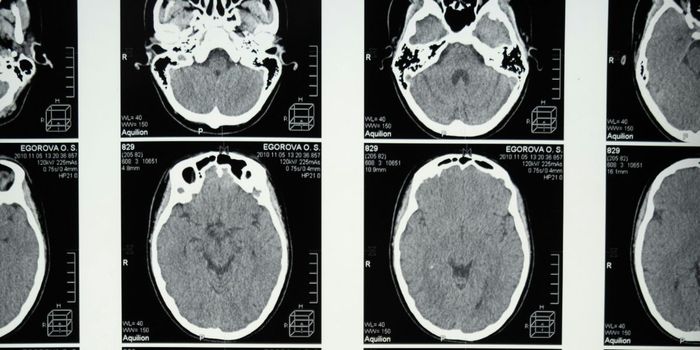Shuttle run test predicts long-term heart health for kids
A heart health test for young people can be done easily in school during gym or recreation time, and experts believe that the results from this test could help predict which children are most at risk for heart problems later in life. Knowing ahead of time means more time for intervention.
Measuring aerobic capacity can pinpoint the children and young adults who are most at risk for developing cardiovascular disease or experiencing myocardial infarction later in life. A new study led by experts from the University of Granada measured aerobic capacity with a physical exam called the “shuttle run test.”
Myocardial infarction, a technical term for a heart attack, happens when one part of the heart muscle is cut off from its supply of oxygen-rich blood, often due to plaque buildup in arteries that limits the amount of blood flowing through. Heart attacks kill millions of men and women every year, and new findings from the “Atherosclerosis Risk in Communities Study” show that nearly half of all heart attack symptoms go unnoticed.
Scientists from the University of Granada examined the shuttle run test results of over nine thousand children between the ages of 8 and 19. The test consists simply of running up to 20 meters with increasing speed.
Recommended fitness levels are a maximum oxygen consumption of 42 mL/kg/min for males and 35 for females. Anything below these levels, said study coordinator Jonatan Ruiz, “should raise a red flag which keeps us alert.” His study results found, for both males and females, a wide range of risk for developing cardiovascular disease later in life.
"Although this proficiency test is widely used in schools and provides us with valuable health information, physicians and health professionals who assess the risk of present or future cardiovascular diseases for those ages are yet to adopt these rules,” Ruiz said.
The study was recently published in the British Journal of Sports Medicine.
Sources: University of Granada, PubMed Health, Harvard Health Publications









